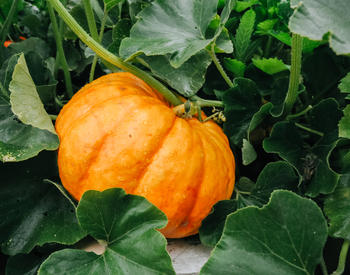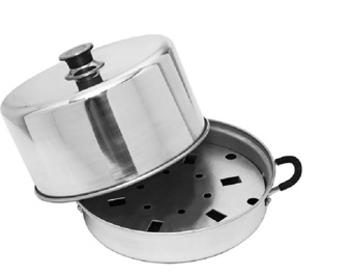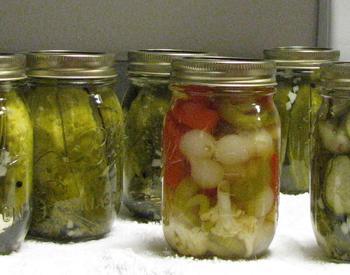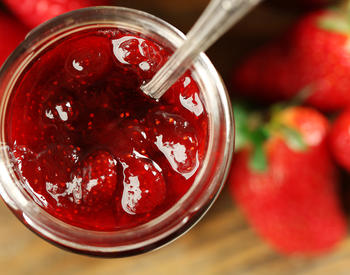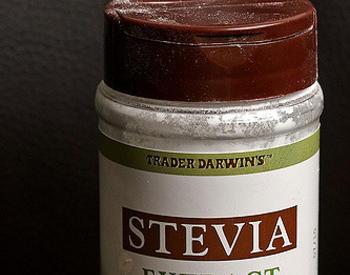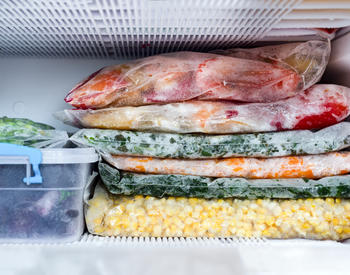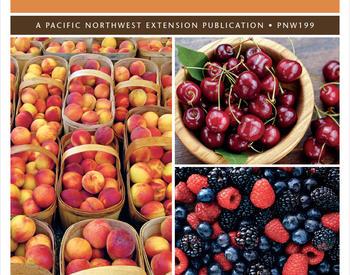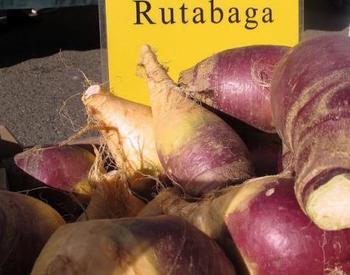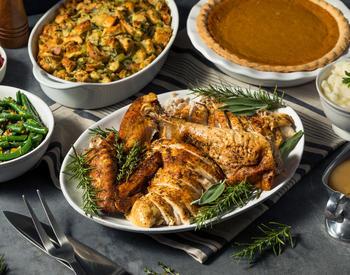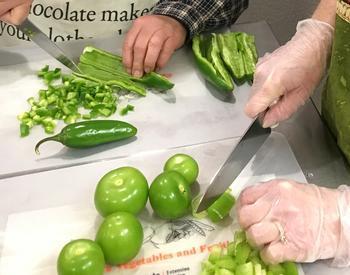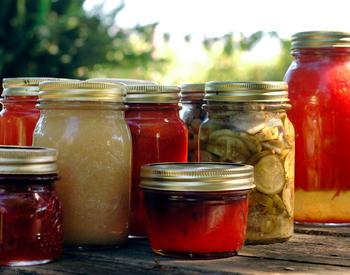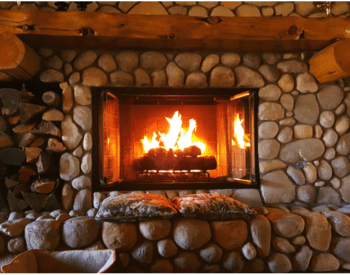Download this publication as a PDF
Edible pea pods are a popular crop in Oregon.
Sugar snap pea
The sugar snap pea is a cross between the garden pea and the edible pod pea. It can be recognized by its non-fibrous, plump, edible pod and fat, juicy peas. Sugar snap peas are so sweet and juicy they can be eaten raw. To prepare, remove the string that comes off easily when the stem is pulled away from the pod. Slice in half lengthwise.
Snow pea
The snow pea or Chinese edible pod, for many years a delicacy found only in the finest Asian cookery, is now being used in a variety of tasty dishes. Several varieties are available to the gardener. Commercially grown locally in large quantities for the first time in 1979, the snow pea can be distinguished by its broad, flat pods. The kidney-shaped peas inside the pod are much smaller than sugar snap peas. There is no string to remove from the snow pea, and they are also excellent eaten raw.
Uses
Edible pea pods are versatile and tasty when used in salads (raw or blanched), stir-fried dishes, casseroles and in an otherwise ordinary bowl of soup. Just heat and eat, or cook until soft as you would green beans.
Freezing
The best way to preserve edible pea pods is by freezing. Blanching stops enzymes from continuing the ripening process. Unblanched vegetables will have undesirable flavor, texture and vitamin loss during storage.
- Wash and trim ends of pods, removing any strings.
- Immerse 2 cups of peas in 1 gallon of boiling water in a wire basket or cheesecloth bag. Cover and begin counting time immediately.
- Boil 1 minute for thin snow peas, 1½-2 minutes for thick sugar snap (until heated through).
- Cool for 2 minutes in cold running water.
- Drain and pack in moisture-vapor proof, sealed containers. Or freeze quickly on cookie sheets before packaging (great for stir fry).
Canning and drying edible pea pods is not recommended because of undesirable changes in texture.
Green or English shell
Select well-filled pods containing young, tender, sweet peas. Discard over-mature and diseased pod peas. Shell and wash peas.
It will take an average of 4½ pounds of peas to make one quart. A bushel of peas in the shell weighs 30 pounds and will yield 5–10 quarts. Peas can be canned, frozen or dried.
Canning
Hot pack
Wash, drain and shell fresh-picked peas. Wash again. Cover peas with boiling water. Bring to a boil and boil 2 minutes. Fill pint or quart jars loosely with hot peas and cooking liquid, leaving 1 inch headspace. Add ½ tsp. salt/pint (1 tsp./quart) if desired. Remove air bubbles. Wipe rims, adjust lids and process in pressure canner for 40 minutes at 10 pounds pressure for a weighted gauge canner or 11 pounds for a dial gauge canner. Adjust pressure for altitude following information below.
Raw pack
Pack raw peas loosely into hot pint or quart jars, leaving 1 inch headspace. Add salt (½ tsp./pint or 1 tsp./quart), if desired. Fill pint or quart jars with boiling water leaving 1 inch headspace. Remove air bubbles. Wipe rims. Adjust lids and process 40 minutes at 10 pounds pressure for a weighted gauge canner or 11 pounds for a dial gauge canner. Adjust pressure for altitude following information below. After processing, remove canner from heat and wait until pressure returns to zero. Remove weight or slowly open petcock. Wait 10 minutes. Unfasten canner lid and remove it carefully.
Recommended pressures for higher elevations
- Weighted gauge canner
- Sea level to 1,000 feet use 10 pound weight
- Above 1,000 feet use 15 pound weight
- Dial gauge canner
- Sea level to 2,000 feet use 11 pounds pressure
- 2,001 to 4,000 feet use 12 pounds pressure
- 4,001 to 6,000 feet use 13 pounds pressure
- 6,001 to 8,000 feet use 14 pounds pressure
Freezing
Select bright green, plump, firm pods. Do not freeze over-mature peas or those from diseased pods. Shell and wash peas. Blanch 1½–2 minutes. Cool immediately in ice water. Pack in moisture-vapor proof freezer bags or containers and freeze. Store at 0°F or below.
Drying
Select young tender peas. Shell and wash. Steam or blanch 3–4 minutes. Spread in thin layers on dryer tray. Dry until hard and shriveled. Store in a cool, dark, dry place in a closed container.
Hint: Frozen commercial peas can be dehydrated. No pretreatment needed.
Source: OSU Master Food Preserver Program

